Israelis and Palestinians stare death in the face as they wait for the invasion
A full-scale operation hangs over Gazan heads like the dust rising from homes turned to rubble, Kim Sengupta reports from Sderot

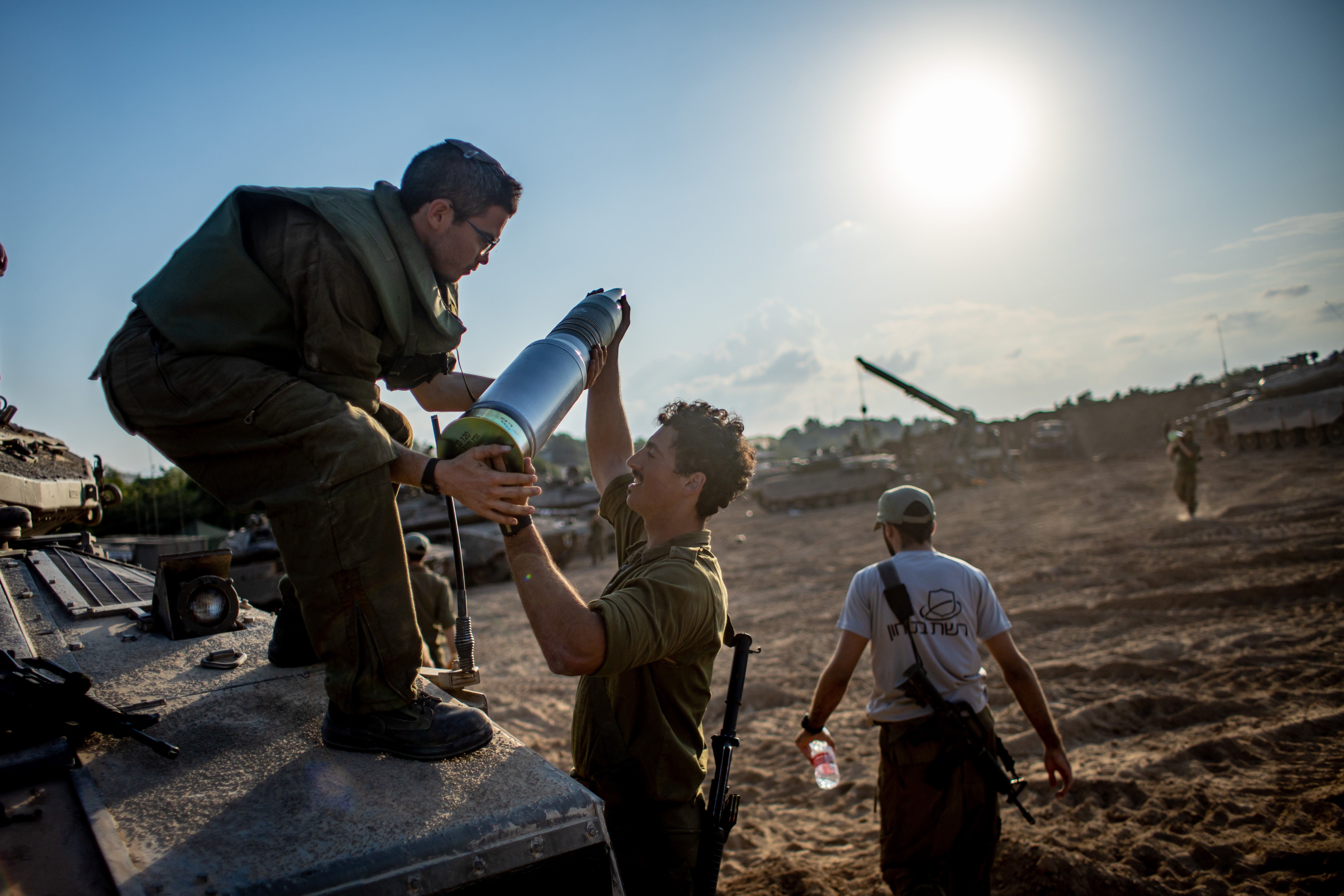
The exodus from Gaza City of Palestinians fearful of what may befall them has taken place with much of the border area razed by rolling airstrikes and the stage now set for Israel’s bloody retribution against Hamas.
Israeli forces have already carried out probing operations inside Gaza testing Hamas defences, gathering intelligence on the 120 or so hostages taken into the territory, and bringing back the bodies of those who were killed while being captured.
But for now, the full-scale invasion hangs over Gazan heads like the dust rising from homes turned to rubble by relentless volleys of shells and rockets.
Murad Abu Murad, in charge of Hamas’s aerial operations and one of the masterminds of the terror raid, was among those killed in the aerial attacks, according to the Israeli military.
The deadly toll continues to rise by the hour. Hamas killed around 1,300 Israeli civilians and soldiers. Gaza’s health department says more than 2,215 civilians have been killed since Israeli airstrikes started at the weekend in the harrowing tit-for-tat that has caused ruptures across the globe.
Israel is reported to have dropped 6,000 bombs in Gaza in six days, approaching the average number of bombs dropped by Nato during the Afghan war in a whole year.
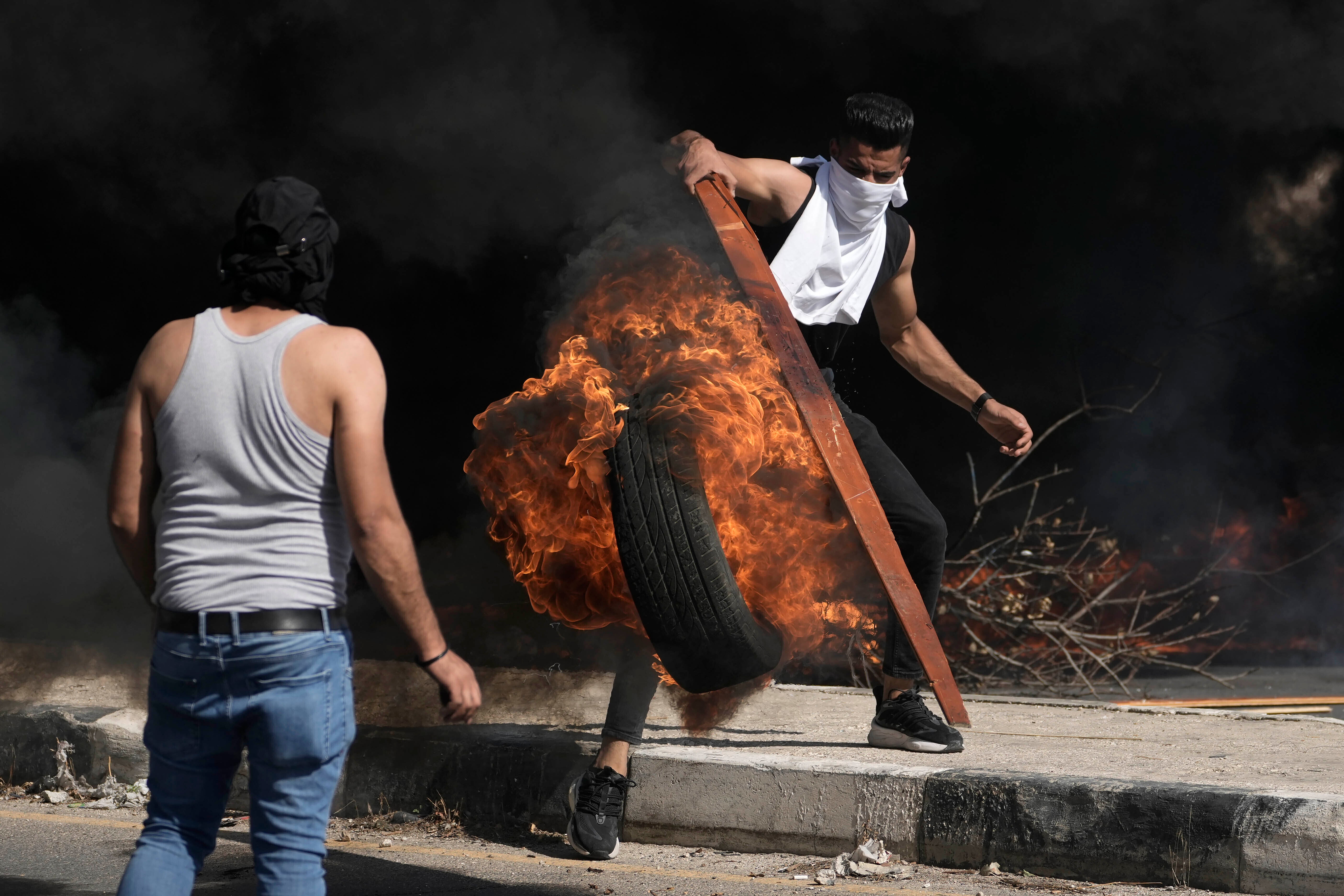
Despite this, Hamas still return in kind. Seven rockets were fired into Sderot in the last 48 hours causing limited damage.
Bodies lay on the streets of the city after the weekend carnage. The Israeli city’s 30,000 residents are being evacuated with large scale action due to get under way. Most residents of Sderot have stayed in their homes following the Hamas assault, many in a state of shock.
In the days that followed, shock turned to anguish and then to anger. The demand for revenge grew, even among some who considered themselves to be liberal bridge-builders about Palestine.
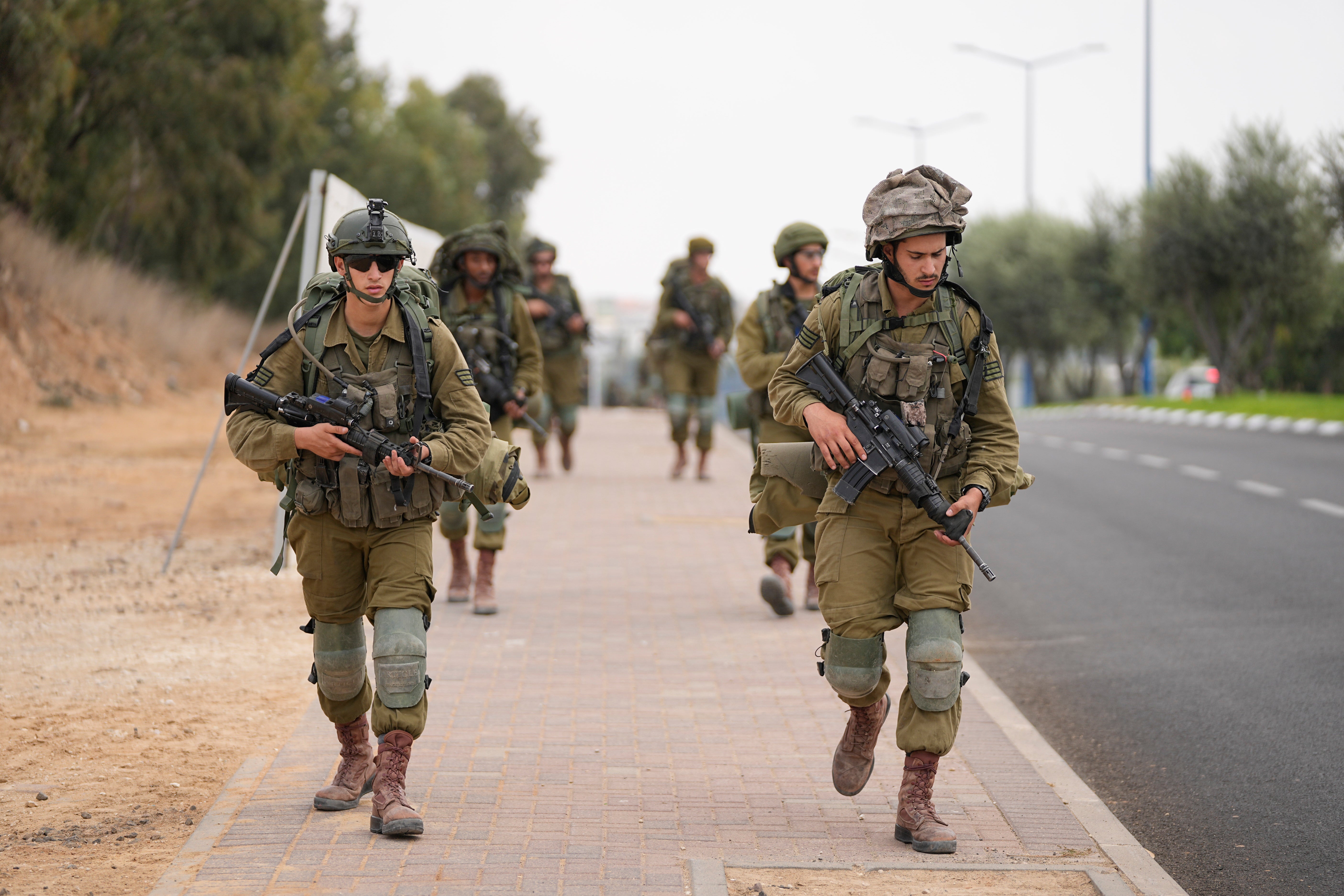
“Everyone is a hardliner now. One cannot experience what has happened, know people who have been murdered, and not be changed, that is just a fact”, said Ethan, a 42-year-old, whose friend was among those gunned down last Saturday.
Ethan did not want his friend named because authorities have not been able to fully contact members of his family. The two men, with shared political beliefs, had taken part in the protests against Benjamin Netanyahu’s hard-right coalition government over what they saw as its assault on the constitution, and Israeli and Palestinian human rights.
But now Ethan wants Hamas smashed and is prepared to accept the lethal collateral costs this will incur on civilian life in Gaza. “This must be done, Hamas needs to be taken care of once and for all. Every effort must be made to protect civilians, but civilians die in wars sadly. Justice needs to take place,” he said.
His two companions nodded their heads in agreement.
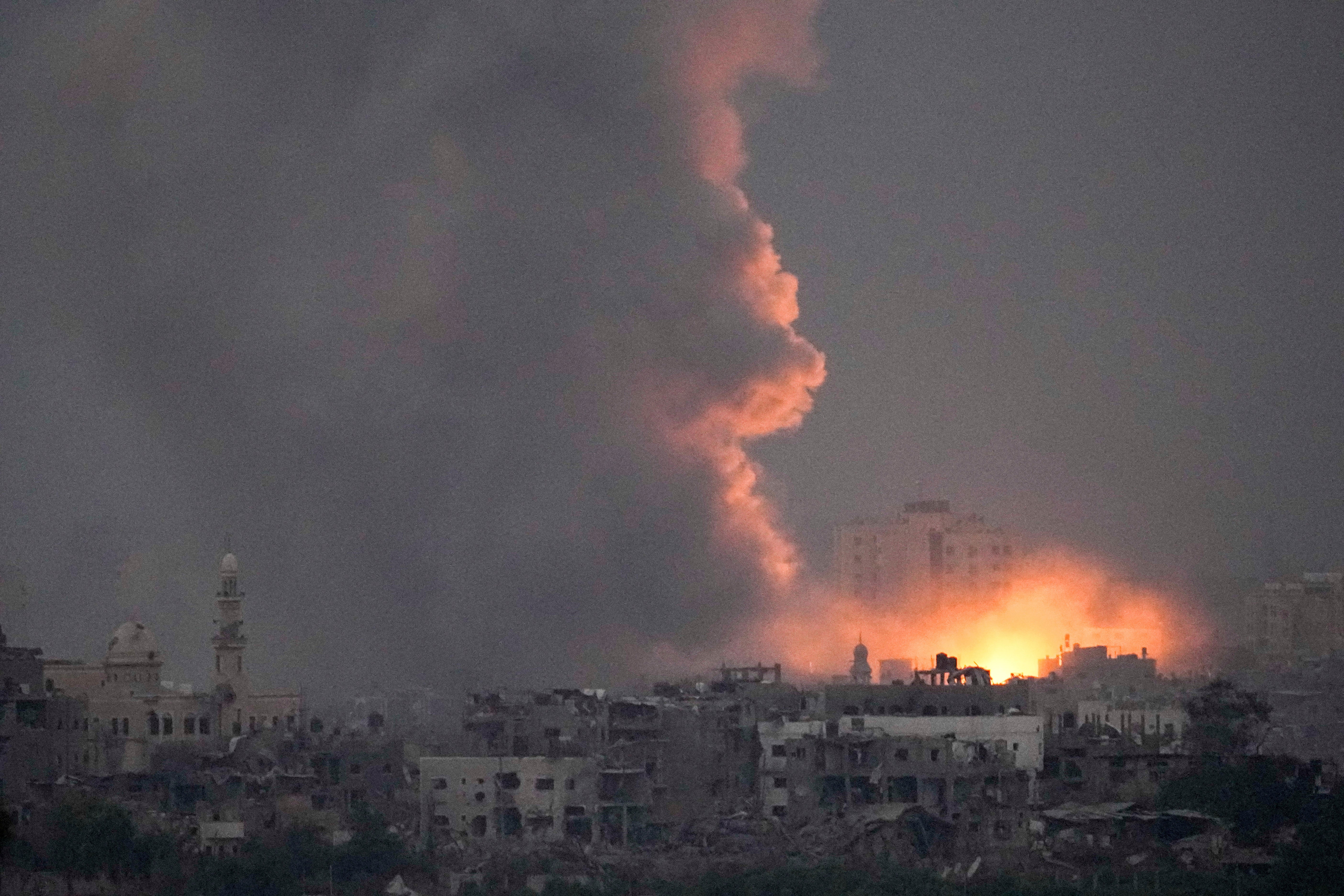
The instruments for meeting out this summary justice were lined up on the side of the road – Merkava tanks and Golan armoured vehicles, Davidka mortars and Soltam howitzers, Laser and Matador missile systems. In the airbases nearby, Apache helicopter-gunships were being loaded with weaponry.
There are varying accounts of when and how the mission will unfold. It is believed to be a source of debate between the government, the military and intelligence chiefs. The former head of Mossad, Efraim Halevy, is among those who warn that a ground war will be costly and may destabilise the region.
More than 360,000 reservists have reported for duty from home and abroad. This raises complicated logistical issues and, according to some reports, made worse by the IDF privatising some of its supply chain.
The government insists that the reservists will get all they need. But there have been numerous instances of families trying to buy private kit, from boots to body armour, for their loved ones preparing for battle.
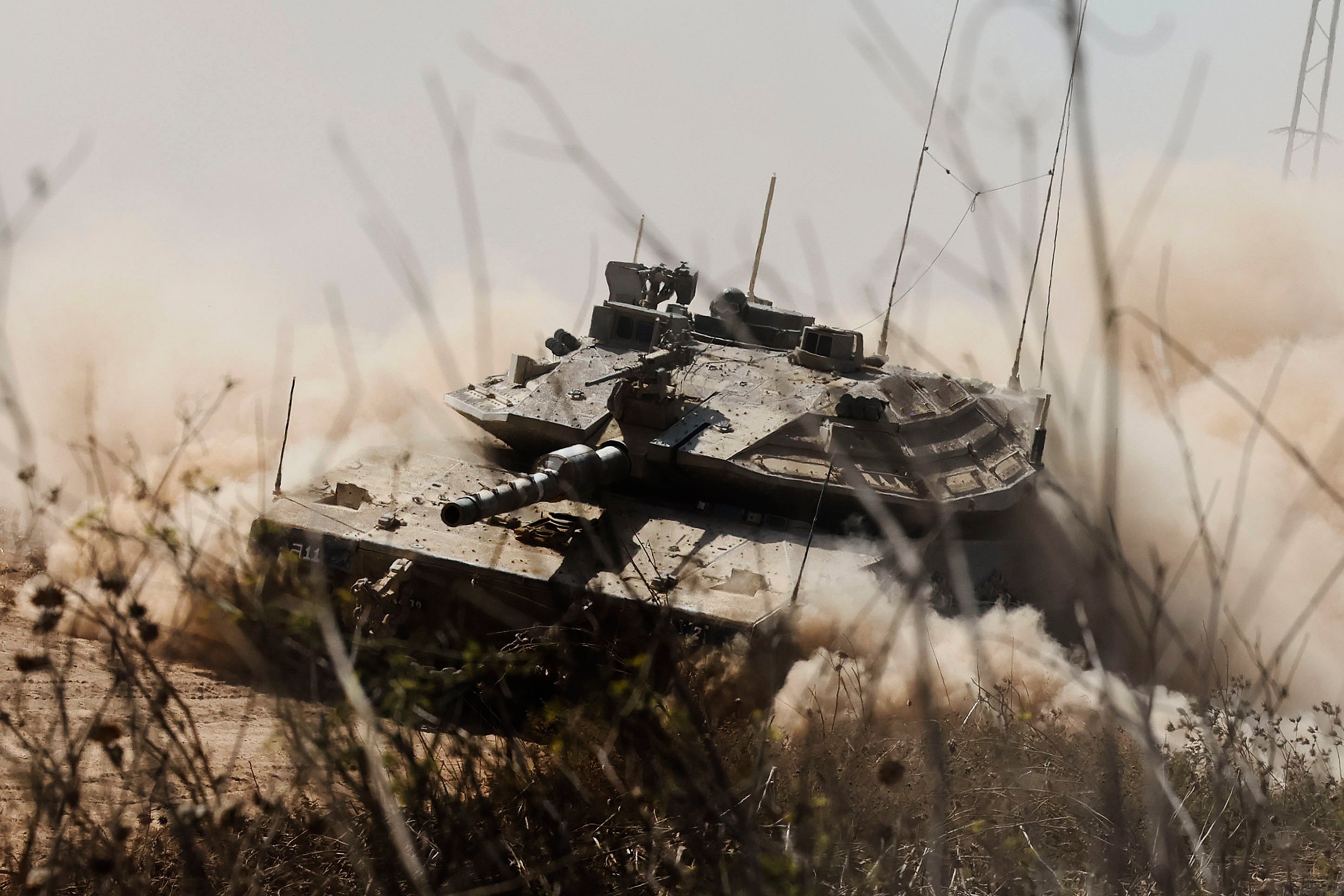
The timing of the operation is affected by other factors, such as the blockade Israel has imposed on Gaza, cutting off electricity, water and fuel. Collective punishment is a war crime lawyers have pointed out, and such a siege cannot be maintained indefinitely.
Politicians have also argued that the offensive needs to take place while there is still international support and sympathy for Israel over the Hamas carnage. They have noted pro-Palestinian demonstrations growing as images of deaths in Gaza are spread across the world.
Time is now a matter of life and death for the people of Gaza. The Israeli government had given a 24-hour deadline for people in the north of Gaza to evacuate to the south, a mass move of an estimated 1.1 million people inside a sliver of land, just 42km (26 miles) long and 12km (7.5 miles) at its widest.
Gaza wars in the past have shown that it is nearly impossible to avoid civilian casualties when airstrikes are launched in the territory. More than 70 were killed in an Israeli airstrike on a convoy leaving Gaza City, say Palestinian health officials.
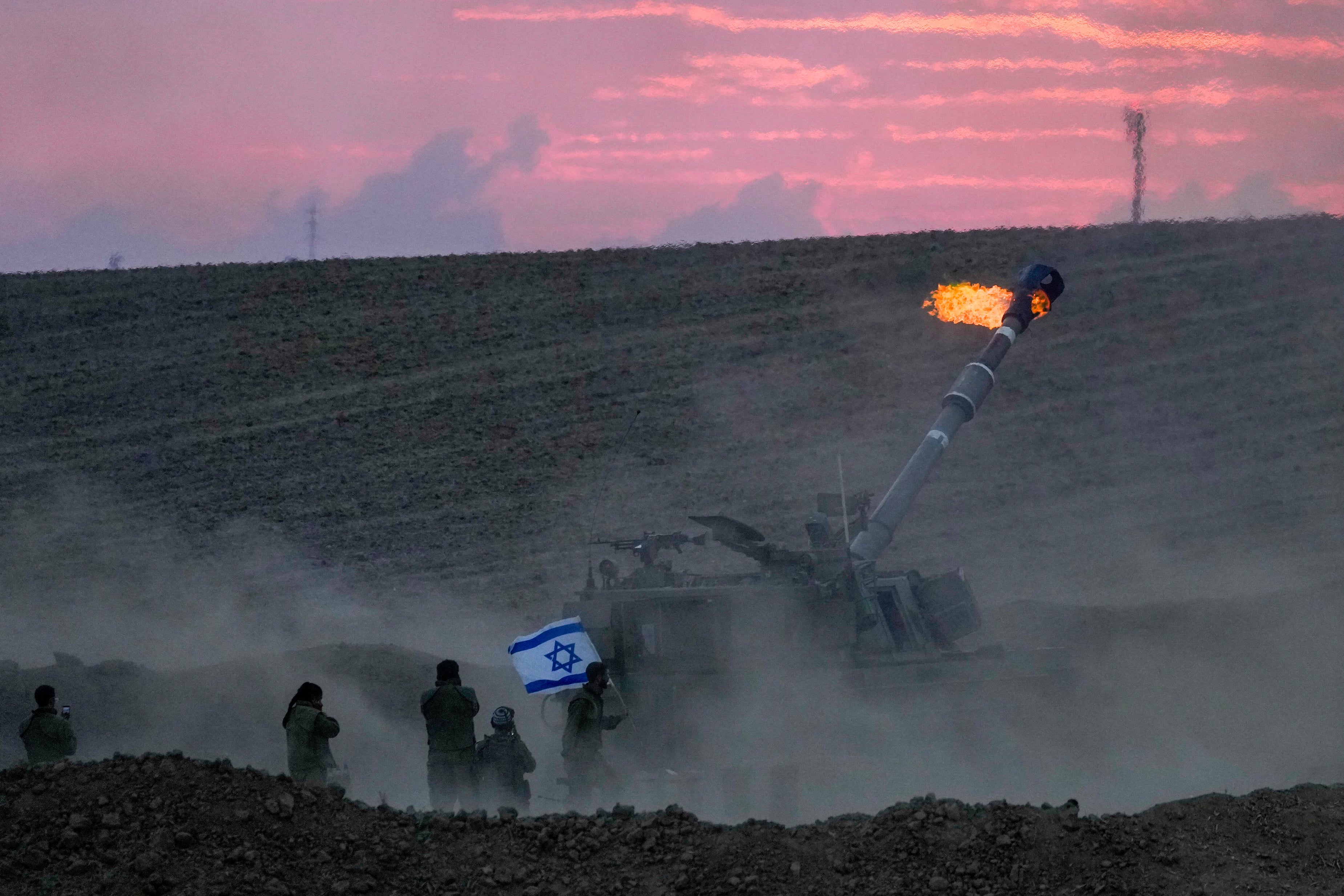
Videos of bodies show that many of the dead were women and children; some are said to be as young as two years old. The convoy, a flatbed truck and cars, was travelling on Salah-al-Din Street, one of the two evacuation routes to the south.
Ibrahim and Amneh Shehadeh and their three young children had set off for the south but returned home as news emerged of the convoy bombing. They resumed the journey because the alternative was too awful to contemplate.
Ibrahim said “my cousin Jawad was badly wounded by a bomb two days ago. We have seen what has already happened to parts of Gaza. Areas we have visited just last week have disappeared. I just cannot see how one would survive an invasion”.
Ibrahim, a 33-year-old science graduate, has been unemployed for the last five years. He could not see what will be left of the territory’s already highly fragile economy after a ground war.
Amneh, 28, stressed however “at least we have some chance of staying alive in the south. We have a duty to bring up our children”.
Some residents have decided to stay despite the danger. Yusuf and Mariam Zaaroub and their family of nine had already moved from Beit Hamoun in the north to Gaza City after the fighting started. Their daughter Leyla said “my father and mother are both in their 80s and unwell. They can hardly walk. They have found a place to stay and say they are too ill and tired to go any further. We are trying to persuade them to come, but time is running out”, they warn.
The Israeli government has asked hospitals in Gaza City to evacuate. Medics have been working with the injured being brought in with a dwindling power supply and medicine. The courtyard of the main hospital, Al Shifa, is filled with dead bodies as the morgue cannot hold any more. The bodies in the morgue, staff point out, will start to decompose as further power cuts take place. Dr Muhammed Abu Salmia, the director, said he and his staff were facing an “impossible situation”.
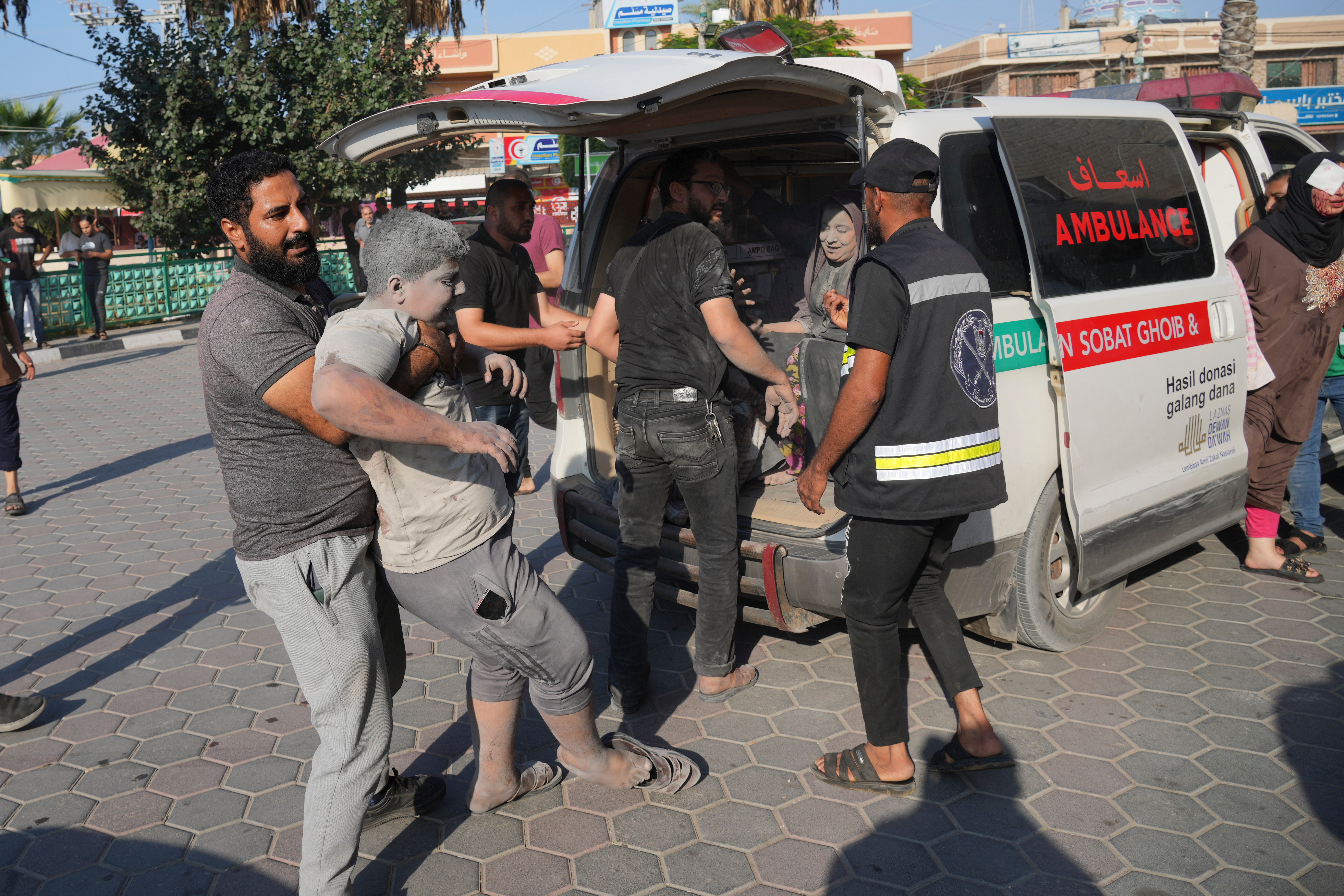
It remains unclear if the hospitals will be able to evacuate. A number of doctors have said that they wanted to stay with their patients as they simply have nowhere else in the territory to treat them.
One well-known surgeon, Midhat Saidam, a plastic and burn specialist, was killed in an airstrike along with some of his family, it was reported.
The coming conflict will probably lead to a more deadly conflict than the 2014 Gaza War in which more than 2,205 Palestinians were killed, including 1,483 civilians, according to the UN, along with 71 Israelis, 66 of them soldiers, in 50 days of fighting.
While Israeli forces gather at the border, 40,000 Hamas fighters are reported to be waiting in Gaza. A video was issued of some of them with Israeli children kidnapped with their families.
The overwhelming fear, in the gathering darkness, is that more innocent lives will be lost in the terrible bloodshed which is going to come.
Join our commenting forum
Join thought-provoking conversations, follow other Independent readers and see their replies
Comments


Bookmark popover
Removed from bookmarks